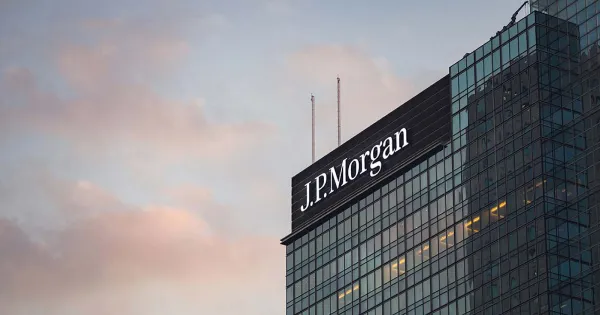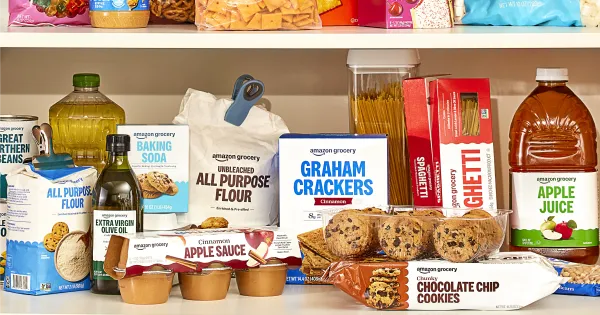Ferrero nears $3 billion deal to buy WK Kellogg

Shares of WK Kellogg surged more than 50% on Wednesday after reports surfaced that Italian confectionery giant Ferrero is nearing a roughly $3 billion acquisition of the iconic U.S. cereal maker. The deal, expected to close as soon as this week, was first reported by The Wall Street Journal, citing people familiar with the negotiations.
Ferrero, best known for its Ferrero Rocher chocolates and Nutella spreads, has been steadily expanding its U.S. presence. Acquiring WK Kellogg would mark a significant step into the breakfast foods market, complementing Ferrero's growing portfolio of American-focused products. Just this past May, the company unveiled new offerings aimed at U.S. consumers, including peanut-flavored Nutella and Dr Pepper-flavored Tic Tacs.
WK Kellogg, the maker of childhood cereal favorites such as Froot Loops and Frosted Flakes, became a standalone public company in 2023 after spinning off from its parent, now known as Kellanova. Kellanova retained snack brands like Pringles and Cheez-It and itself became the subject of acquisition interest last year when Mars, the owner of M&M’s, agreed to buy it for $36 billion. That transaction has yet to close.
Before Wednesday’s rally, WK Kellogg’s shares had fallen roughly 2% this year, with the company holding a market capitalization of about $1.5 billion. The sudden spike in share price reflects investor optimism that Ferrero’s potential purchase would unlock new growth opportunities for the legacy cereal brand.
A Ferrero acquisition would also be another chapter in the ongoing consolidation of the packaged food industry. American consumers have increasingly moved away from sugary cereals in favor of healthier breakfast choices or have switched to private-label alternatives due to rising grocery prices. Facing these headwinds, legacy food companies are seeking scale and diversification to remain competitive.
Ferrero, already the third-largest candy maker in the U.S., appears poised to expand its reach further into American households—this time, at the breakfast table.





